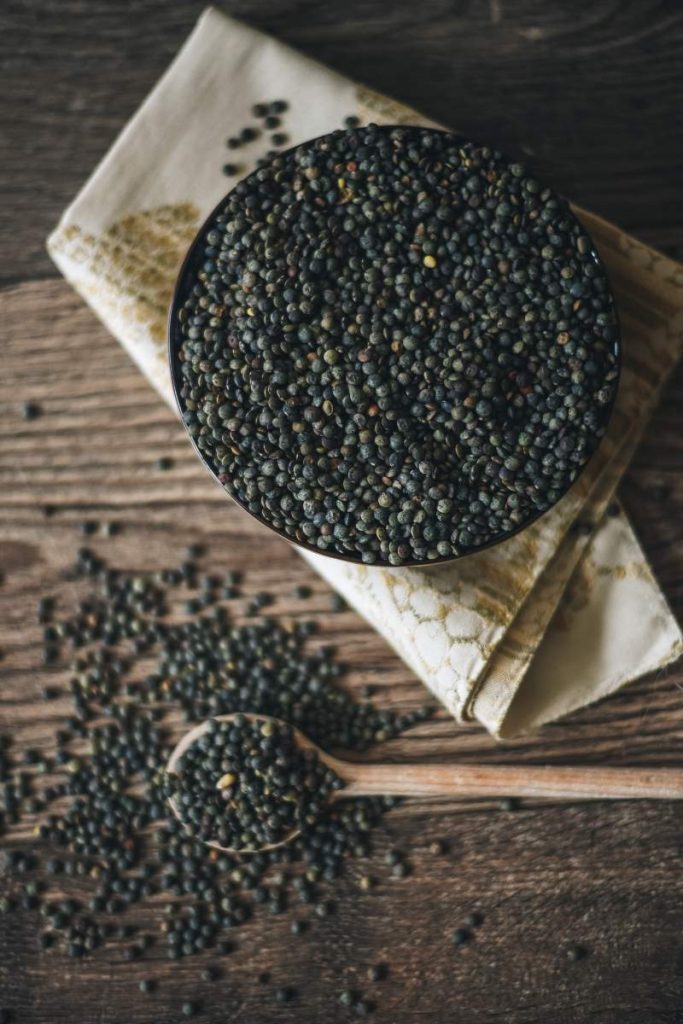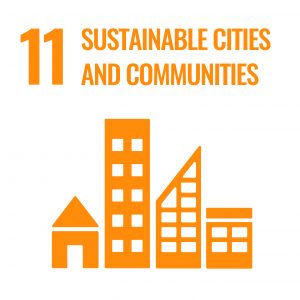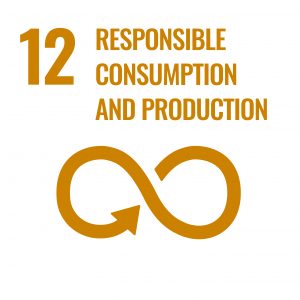James Staring, Lead Trainer, Fit to Last debunks myths about plant-based protein. Carbohydrates are often considered the main area to manage to eat healthily. But it’s actually consistent protein consumption that is the most difficult to accomplish yet also the most rewarding when you get it right, James explains…
Protein contains amino acids, the building blocks necessary for muscle growth and
maintenance. Additionally, protein is an important contributor to a healthy metabolism,
efficient nutrient transport throughout the body, as well as a healthy immune system
(veganfitguide.com). Protein helps you to feel fuller for longer and helps you to feel more energised without resorting to sweet treats.
Why is protein important when exercising?
When you exercise, you create little tears in the targeted muscles you’re working on. Following exercise, your body gets to work on repairing and rebuilding those targeted muscles to come back stronger. This is nothing to be concerned about – it’s all part of your body’s recovery process. After you exercise, your body will start the recovery process where it heals and rebuilds these little tears in the muscle tissue. As proteins are the building blocks for muscle tissue, it plays an important role in this process. By consuming protein on a regular basis both before and after your workouts, the next time you exercise, those targeted muscles will rebuild stronger and more capable of adapting to the demands you’re placing on them.
Weight management
Consuming enough protein is an important contributor to effective weight and body fat management. While controlling carbohydrates is also important, consuming sufficient protein is key. The reason for this is due to blood sugar levels. When our blood sugar levels drop, we feel a decrease in energy. To counteract this, we often seek out something sweet (i.e. carbohydrates aka processed sugar of all varieties) to boost those energy levels. When you get into the habit of supplementing low energy levels with sugar, unnecessary weight gain is inevitable. This is where sufficient protein intake comes to the rescue. When you consume enough daily protein, you’ll feel fuller through the day because protein takes longer to digest. This longer digestive process means you’ll receive a more sustained release of energy after your meals. When you are getting regular energy through the day, you’re less likely to crave sugar to give you a boost.
Try and consume protein with every meal. Use your palms as guidelines (1 palm for women, 2 palms for men)
James Staring, Lead Trainer, Fit to Last
Myth-busting: Vegans don’t get enough protein
There’s a common misconception that plant-based diets lack protein because animal protein is presumed to be the only option. However, there are numerous plant-based, protein-rich sources that provide a sufficient alternative including soy, tempeh, beans, edamame, quinoa, barley plus a wide range of seeds. The key to consuming enough protein on a plant-based diet is to diversify and not rely on one source. By ensuring you get a healthy combination of soy options as well as varied legumes, grains, and seeds on a weekly basis, you’ll tick those protein boxes and get everything you need.
Top tip
If you’re vegan, opt for 1 cup of cooked legumes (i.e. chickpeas, edamame or tempeh) every day (Andrews, R.: Protein for Plant-based eaters). This is because legumes are rich in lysine (an essential amino acid), which is in shorter supply from other plant-based sources.
Plant-based protein sources
To get the biggest bang for your plant-based protein buck, here’s a list of excellent plant-protein options.

Tofu, Tempeh and Edamame: these soy-based options all contain between 12-20g of protein per 100g serving. While tempeh has a nutty flavour, tofu tends to lack any distinctive flavour on its own. So, you’ll need to hone those seasoning skills to make tofu a tastier option.
Lentils: at 18g of protein per 100g serving, lentils are an excellent source of protein. Additionally, lentils are rich in slow-release carbohydrates and fibre, making them an excellent source for both energy as well as improved digestion (Andrews, R.).
Quinoa: this ancient grain contains 8g of protein per 250g serving. It’s also a great source of fibre and iron, and makes an excellent alternative to rice (veganfitguide.com – Complete Proteins Combinations).
Seitan: this is made from gluten and has a very similar texture to cooked meat. While it is very high in protein at 25g per 100g serving, and can be adapted to a variety of recipes, if you’re sensitive to gluten you’ll want to try other options (Healthline: The 18 Best Protein Sources for Vegans and Vegetarians).
Green Peas: at 9g per 160g cooked cup serving, these little beauties are also loaded with fibre. Add in the other list of nutrients in green peas along with their versatility to add to recipes, and you’re on to a winning source of plant-based protein (Healthline: The 18 Best Protein Sources for vegans and Vegetarians).
Protein powders are an excellent way to supplement your protein intake. While you always want to try to get your protein through more natural sources, protein powders are effective at topping things up for consistent intake.
James Staring, Lead Trainer, Fit to Last
Here are a few things to consider when choosing plant-based protein powders.
Soy protein powder: Soy protein is a complete protein, meaning it contains enough of all essential amino acids. Soy protein powder is also loaded with protein (25g per 100g serving).
Pea protein powder: Pea protein is a complete protein but is low in methionine, an antioxidant. This can be overcome by combining pea protein powder with protein powder made from rice.
Rice protein powder: Rice protein is also a complete protein but is low in leucine. Leucine is an important amino acid for muscle growth and healing. This can be overcome by combining rice protein with pea protein (a 30/70 mix). This combination closely resembles the protein profile of whey protein (Fit to Last, Protein Powder Buyers Guide, 2021).
Texture of vegan protein powders: Sometimes plant-based protein shakes can have a grittier texture than whey protein powder. This is because plant-based protein powder contains more fibre from actual plants, which can make the texture grittier (Gaikar, R.: How to Make Your Protein Shakes Smooth and Not Gritty: plixlife.com). If you prefer a smooth texture to your plant-based protein shake, try adding the liquid before the powder and then blending fully.
How ever you decide to get your protein, make sure you are eating it at every meal, and this will ensure you recover faster, maintain a healthy weight, and feel less like snacking.

Author: James Staring is the founder and lead fitness coach at Fit to Last Personal Trainers, which offers a high-end, all-inclusive fitness solution for those who’ve tried everything in the past; crash diets, exercise fads, regular gyms etc, all with little to no success or results. Fit to Last
works in partnership with you to create a personalised programme of exercise, nutrition (no calorie counting or weighing) and small, simple lifestyle changes, to keep you on track to your goals, injury free and bursting with energy. See: www.fittolast.co.uk




